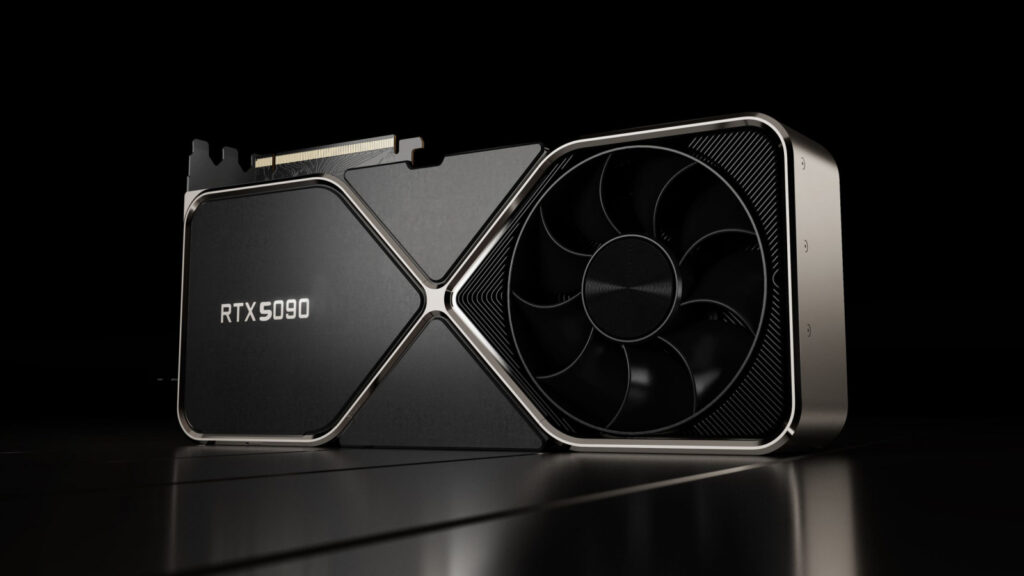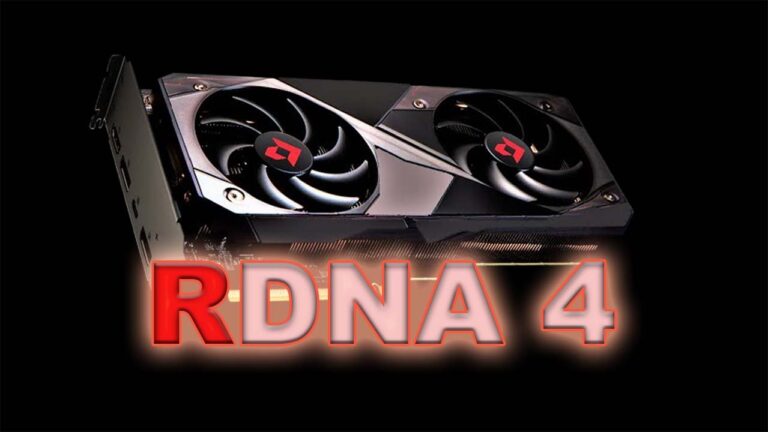The NVIDIA GeForce RTX 4090 has held its throne as the ultimate graphics card in the gaming world. When released, it dominated with unmatched power, delivering an average of 112 FPS at 4K, as shown in various benchmark tests. For highly demanding games like Black Myth: Wukong, the RTX 4090 has proven capable of sustaining 73 FPS at 1440p on cinematic settings—a feat few GPUs can match. However, as we anticipate the release of the RTX 5090, one question lingers: How much more power, cooling, and financial investment will it require?

What to Expect from the RTX 5090’s Power Demands
The RTX 4090 became iconic for its immense power draw and colossal size. Supporting up to 600 watts, this GPU often draws as much energy as a high-powered home appliance, leading some to question the potential energy consumption and size of the upcoming RTX 5090. Rumours suggest that while the RTX 5090 might consume slightly less at 550 watts, it will still demand a robust power supply. For perspective, 550 watts was once the entire power budget for a complete system, but with the RTX 5090, that’s just for the GPU alone.
Specs & Performance: Rumored Features of the RTX 5090
NVIDIA seems prepared to take the 5090 series to the next level. Here are some rumoured specifications:
- Cuda Cores: The 5090 is expected to feature an increase in CUDA cores, potentially hitting 24,576, up from the RTX 4090’s 16,384.
- Clock Speed: With a potential boost clock of 2.9 GHz, the 5090 would be approximately 700 MHz faster than its predecessor.
- Memory Bandwidth: We may see a wider memory bus, supporting GDDR7 memory at 28 Gbps, which could drive memory bandwidth to nearly 1.5 terabytes per second.
These advances in CUDA cores, clock speed, and memory could enable the RTX 5090 to perform up to 70% faster than the RTX 4090 in rasterization performance alone.
Ray Tracing and AI Capabilities
Alongside traditional performance metrics, the RTX 5090 is expected to lead in ray tracing and AI-powered rendering. Although doubling ray tracing cores is unlikely, the combination of enhanced CUDA cores, increased clock speeds, and memory bandwidth will likely push ray tracing and AI capabilities further. We can anticipate new DLSS features exclusive to the 5090, possibly allowing even higher framerates at ultra-high resolutions.
Cooling & Size Concerns
The RTX 4090, with its 450W TDP, already necessitated a robust cooling solution. Its massive triple-fan cooler design handles both thermal management and noise control effectively. With the RTX 5090 expected to draw even more power, we’re likely to see similar cooling strategies though Nvidia could also surprise us with something entirely new to handle the extra thermal output without increasing GPU size.
Is More Memory Necessary For Latest Games?
The RTX 4090’s 24GB of VRAM was already significant, but the 5090 might offer 28GB due to an increase in memory bus width. While this extra VRAM is largely a side effect of the card’s design, it positions the 5090 well for data-intensive applications and future-proof gaming at high resolutions and with detailed textures.
The Cost Factor: How Much Will the RTX 5090 Be?
The RTX 4090’s steep launch price of $1,699 set a high benchmark, with some units selling for up to $2,000. Given the demand, NVIDIA may raise the RTX 5090’s price even higher—possibly to $2,250 or more. This premium price reflects the extreme performance gains, making the 5090 a “halo product” for enthusiasts prioritising raw power over cost.
Estimated Release Date
The RTX 5090’s official release date is still unconfirmed, but production design completion by September suggests a late 2024 or early 2025 launch. Anticipation is high, especially for those who prioritize cutting-edge tech and have the budget to match.
For gamers and professionals who require the absolute best, the RTX 5090 promises unparalleled performance. But this power comes at a steep cost—in dollars and watts. Whether the upgrade is worthwhile depends on individual needs and the price you’re willing to pay for top-tier performance.





